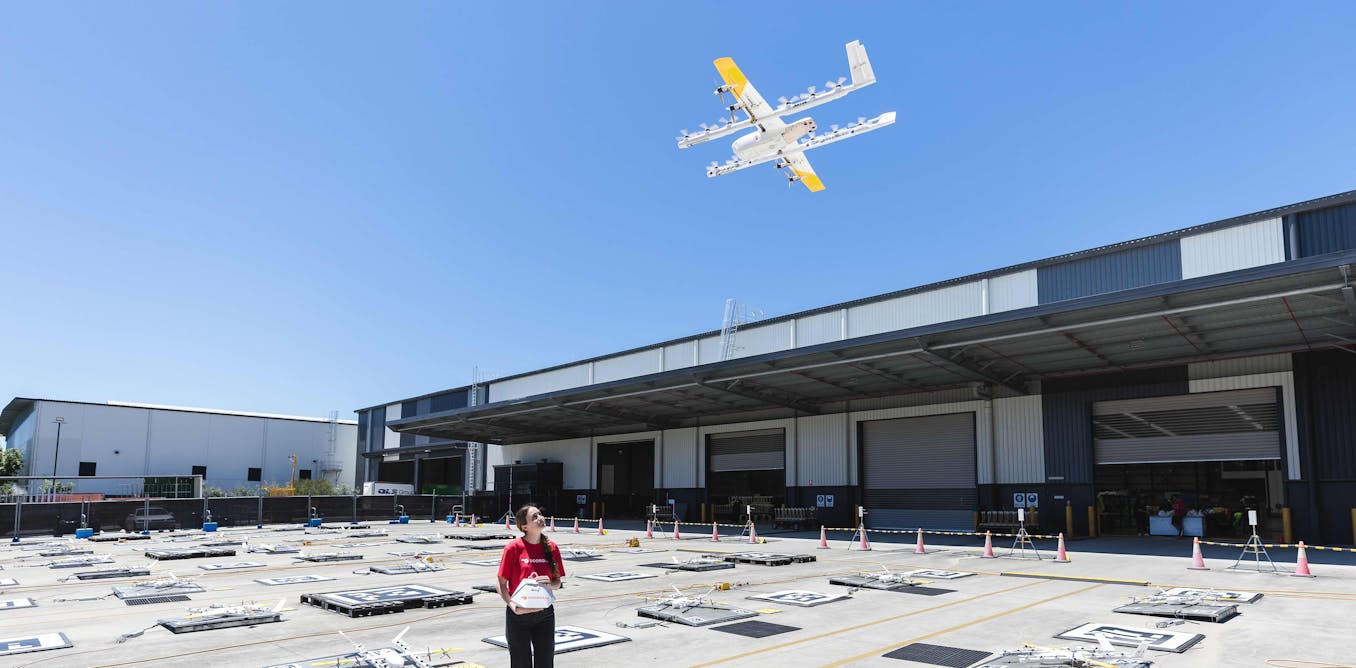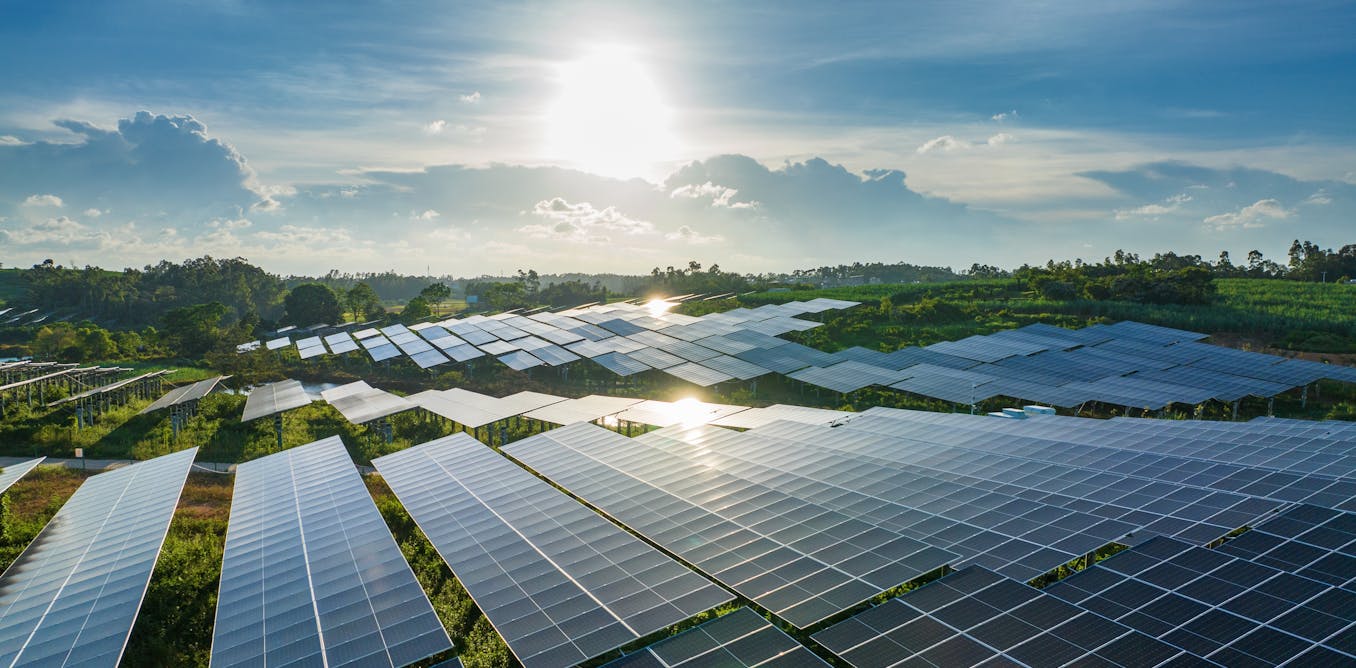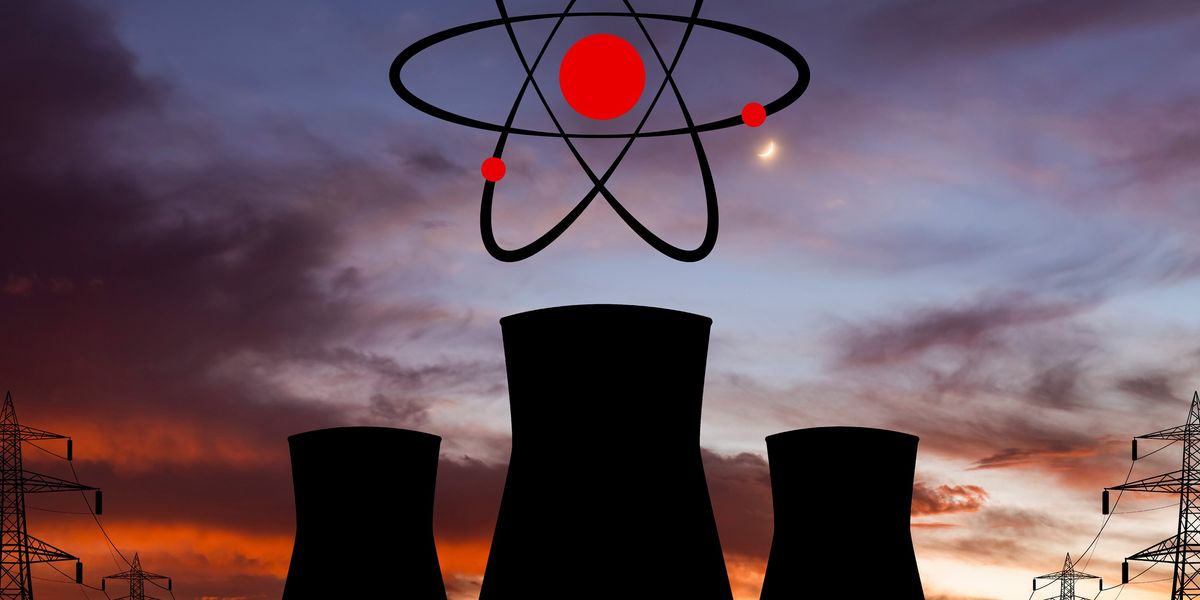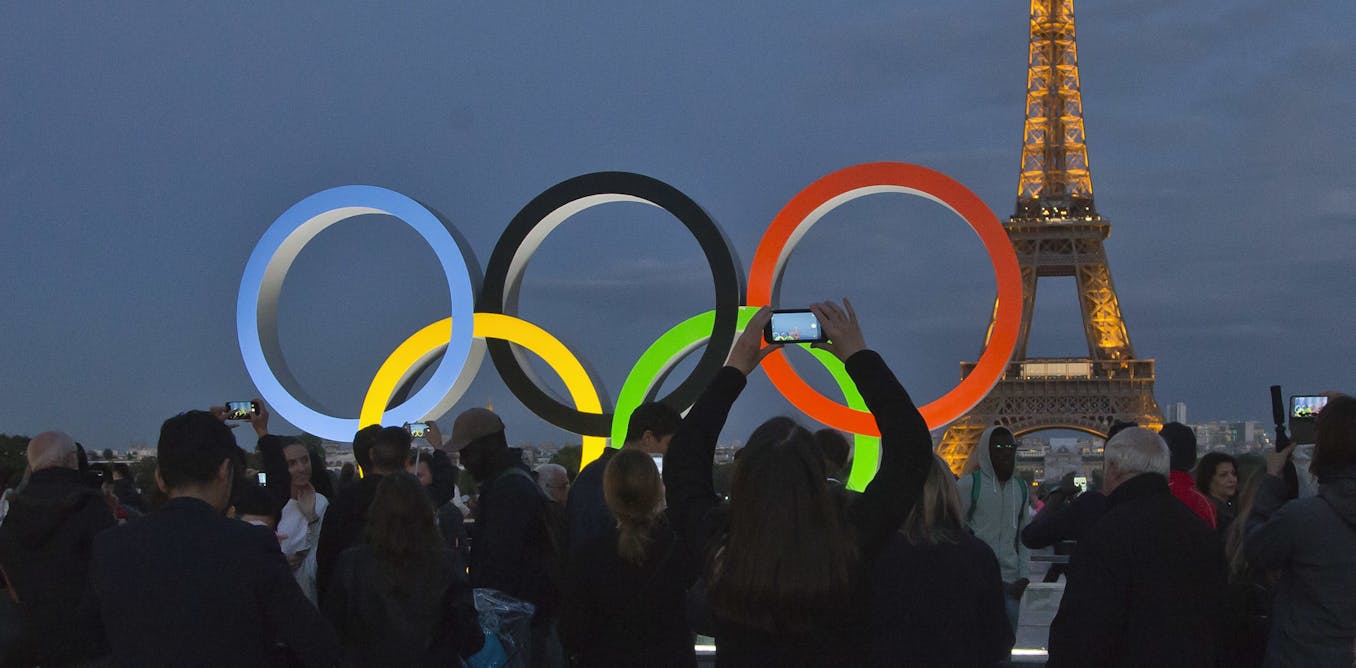Nuclear power, whose proponents have so often felt pushed to the margins of climate policy, is now firmly at the center of the climate conversation. At last month’s United Nations climate summit (known as COP28), 22 countries pledged to triple 2020’s nuclear energy capacity by 2050.
Meeting this dramatic goal will require the world to build new nuclear power at an unprecedented pace. But even if the world falls short of meeting the capacity numbers, the target’s real value may lie in spurring the world to embrace nuclear fission as one of many solutions for decarbonizing the grid.
Making good on the pledge will be a huge challenge. In 2020, nuclear power accounted for around 370 gigawatts of electrical capacity; that’s roughly 10 percent of the globe’s total electrical capacity. That global nuclear capacity has been flat since the mid-2010s.
To meet the goal of 1,110 GW in 2050, the world must break that trend and add new fission reactors at an unprecedented rate. “There’s no historical trend we can point to,” says Seaver Wang, an energy analyst at the Breakthrough Institute.
A recent report from the International Atomic Energy Agency (IAEA), released before COP28, outlined two scenarios for the nuclear industry extending out to 2050. Under ongoing trends—assuming that the world continues depreciating old reactors and building new ones at today’s sluggish pace—the IAEA estimates that nuclear capacity will rise to 458 GW.
But in a better-case scenario—assuming that new plants open at an accelerated rate and authorities avoid decommissioning plants if possible—the IAEA predicted that the capacity could rise to 890 GW by 2050.
So the 1,110-GW goal is beyond even the most optimistic scenario imagined by the global authority on the nuclear industry. But “the same could be said of a lot of clean technologies in this energy transition,” says Wang, “whether it’s the envisioned deployment of electric vehicles or countries’ pledges to triple renewable energy development by 2030. In many cases, it’s requiring countries to do what they’ve never done before.”
What’s happening with nuclear around the world?
There are some glimmers of hope. China, which plans to approve the construction of six to eight new reactors per year in the near future, is on pace to triple its own nuclear capacity by 2050. Additionally, China is building Linglong One, the only small modular reactor currently under construction in the world.
But China alone will not meet the global goal. Nor will Russia, active as it may be in building nuclear power abroad in countries like Bangladesh. Meeting the goal will require countries that are building only one or two reactors today, or even none at all, to change their tack drastically.
Making change is a societal challenge. “We have to, first of all, really work hard across the board,” says Judi Greenwald, executive director of the Nuclear Innovation Alliance. “Specifically, what working hard in…
Read full article: Can the World Meet the U.N. Climate Summit’s Nuclear Goal?

The post “Can the World Meet the U.N. Climate Summit’s Nuclear Goal?” by Rahul Rao was published on 01/23/2024 by spectrum.ieee.org






































